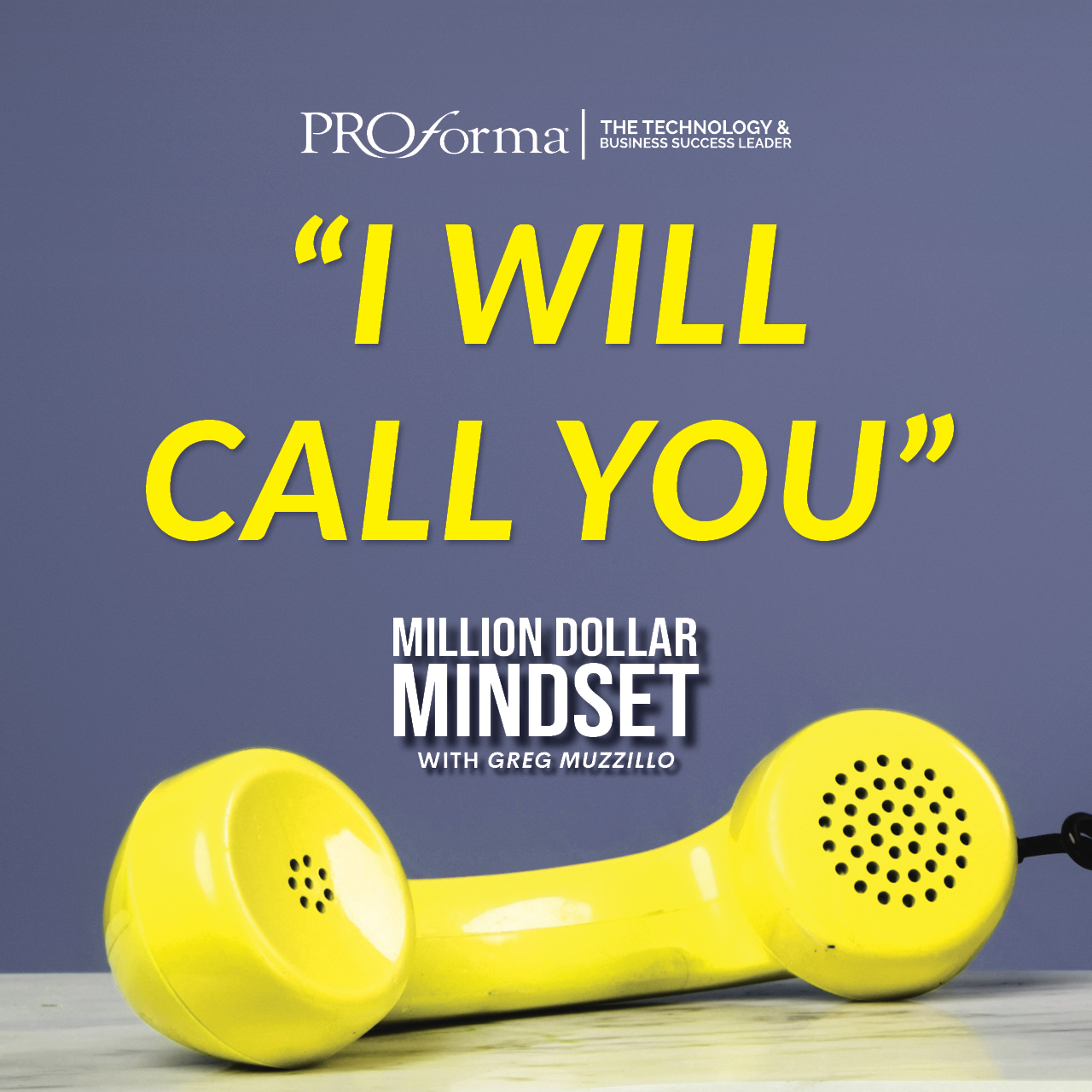
When it comes to promotion, less is more, at least according to Lynne Lambert. Lambert sees an issue with how promotional marketing often consists of a useful object brazenly branded with the name and logo of a company. While her comments could be seen as some as being provocative, it is important that folks in the industry should at least listen to them. After all, Lambert is the owner of Mapt Gear, a promotional products company that specializes in bags.
In an Adweek profile, Lambert explains her views on the shape of the industry, as well as how she took advantage of an opportunity to shake things up with her own company. By examining her own use of promotional products and observing how others use branded items, Lambert realized that a lot of items were going to waste. There seemed to be a few reasons for this, such as the overwhelming amount of products professionals tend to accumulate through traveling and making business connections at tradeshows and other events. One problem Lambert identified, however, stood out above the rest, and that was oversized or obnoxious branding.
In her view, people don’t want to act as free advertising for brands. She points to the fact that a lot of promotional products end up in storage or in the garbage as evidence for this. While promotional products can be very useful for daily life, it is true that people tend to wear clothing and carry items such as bags or water bottles that look nice and allow them to express an individual sense of style. Here, retail items are at a definite advantage, especially in the professional world—people don’t tend to carry branded briefcases or planners into business meetings, unless those items are branded with the name and logo of their own company.
While this is definitely one intention of the promotional products industry, it’s also true that end-users want clients and other professionals to carry promotional products they will be able to associate with their brand and allow for its name and logo to accumulate enough impressions to make an investment in promotional marketing worth the price.
In response to what she saw as a shortcoming in the promotional marketing industry, Lambert founded Mapt Gear to create promotional products with a creative twist. Mapt Gear uses a license to access a cartographic library in order to print a map with pinpoints—such as for a brand’s headquarters or a conference location—directly onto a canvas tote. The maps are customizable and leave some room for brand names and logos, though Lambert stresses that these are not the most important quality of a promotional product. Rather, the totes are designed to grab attention and to spark conversation, bringing brand recognition in a creative and more interactive way. “They’re not going to forget that you gave them this beautiful gift,” she claims.
Currently, Mapt Gear offers three types of bags and a padfolio style iPad case. Lambert says that the brand is also looking to get into apparel.
While not everyone might agree with Lambert, it is clear that she shouldn’t be ignored. Every industry could use innovation as a means of ensuring future growth and continued success, and the promotional products industry is no different. After all, it has become more and more apparent that end-users are looking for unbranded products and apparel as of late. Maybe it’s time for us to listen to the disruptors like Lambert. They might be on to something.



